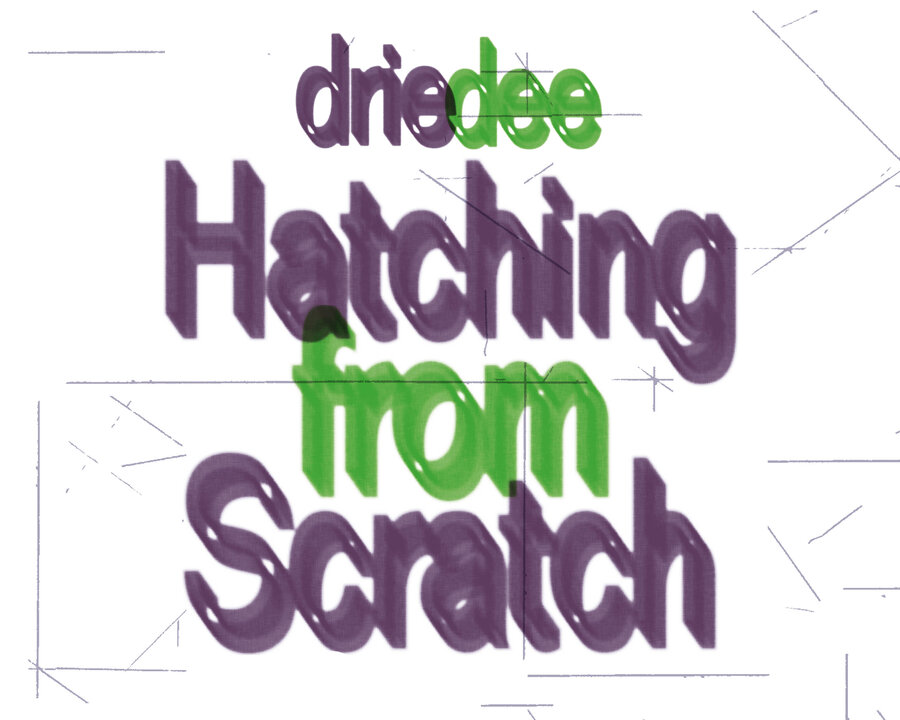Three questions for the jury of Driedee
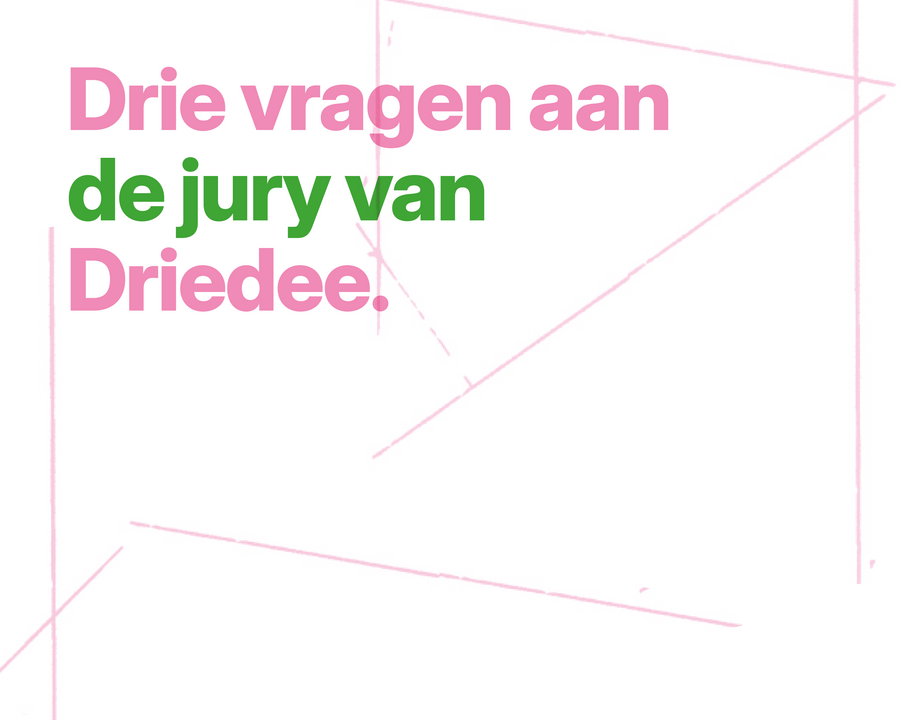
Until 20 October 2024, you could submit your work for ‘Driedee’. This open call gave artists a chance to exhibit in a group show with works that play with the tension between length, width and depth in a quirky way. How do the jury members look at the entries? How does their own artistic background determine their preferences and choices?
Shervin Sheikh Rezaei (°1994) is a multimedia artist and architect with Iranian roots. She often uses uncontrollable elements in her work, such as movement and organic materials. In her work, she always seeks a balance between logic and intuition, control and self-analysis.
Shervin: ‘Architecture has taught me to think conceptually. That helps me to develop a narrative for my work. For instance, I rarely present my work in 2D. Framing and presentation are crucial, often even part of the work itself. I play with scenography and make sure my work fits well with the space in which I show it.
My background in architecture naturally influences my creative process and how my sculptures and installations are created. In my drawings, I often use a lath and geodesic to create a grid, reminiscent of architectural plans. For spatial works, I regularly use software such as CAD and SketchUp.'
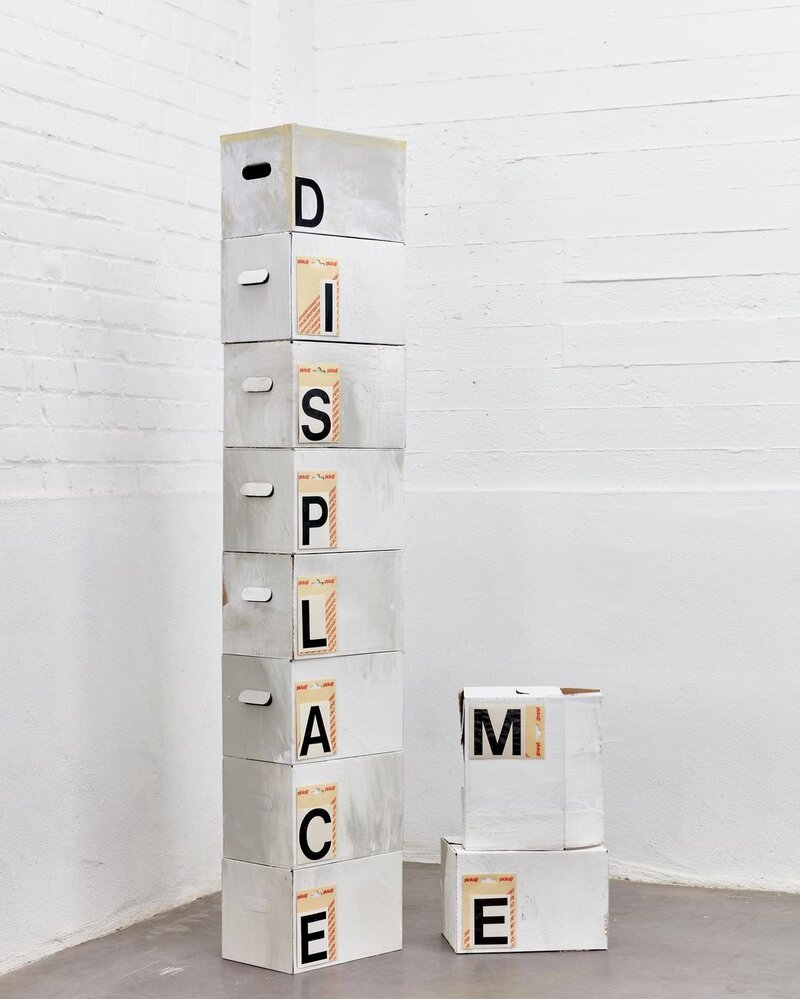
Shervin: ‘My work ranges from pencil drawings to videos, sculptures and installations.
The medium often develops during the process. My environment also plays a big role: when I work in a small studio, it influences my choices. When I am in nature, I try to make use of the elements and objects around me. I don't make absurd material choices. During travels, when I am on the road a lot, my work will probably focus more on film, sound or photography.'
Discover Shervin's work.
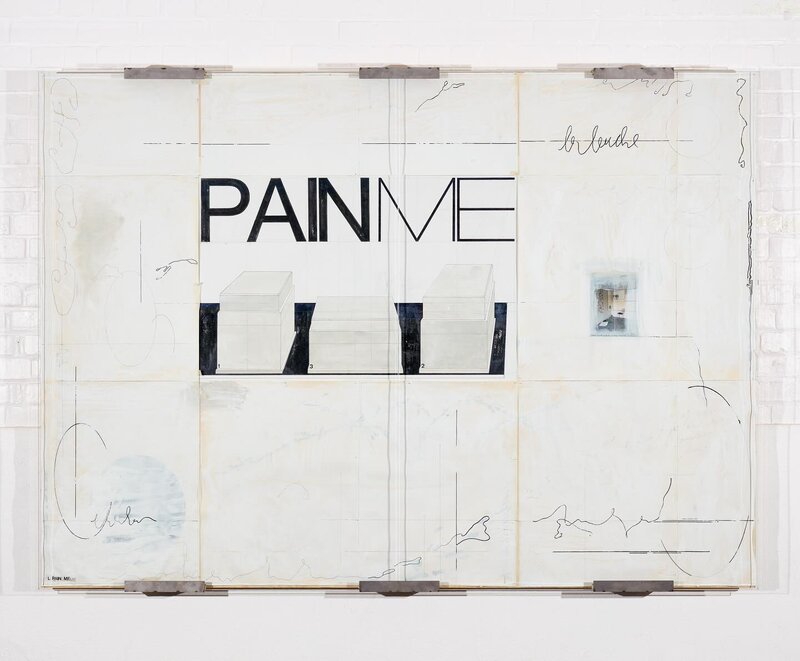
Herman Van Ingelgem makes installations, videos, objects and drawings. His spatial structures that seem familiar to us are not identical copies but rather made in different proportions or with different materials. Thus, they act as an obstacle and mark the numerous tensions between concept, expectation and reality.
Herman: ‘Open calls are not immediately my thing, but with this call it is slightly different. With Kunstwerkt and Kunsthal Mechelen, you and Driedee are looking for emerging talent. What are artists working on? Where is there still work that has not been shown? What work is worth showing? That appealed to me in particular when asked if I wanted to be part of the jury. In addition, I am very curious about how we can look at the submissions together with the Curatorial Studies students, and how we can define a content line together.
Participants are only allowed to submit one work. Being able to assess where an artist is going based on that is very difficult. On the other hand, I also find it fascinating to look at that one work very unprejudiced, and to look for meaning based on its qualities. You then look at it in a different, more open way.'

Herman: ‘After studying painting at Sint Lucas Brussels, I did indeed paint for a while. As with many searching painters, at some point I started to look at the support of the image as an autonomous object. I made them more monumental and they became detached from the wall. I placed them in space. That way, they became installations. I combined them with all kinds of objects from my immediate surroundings: blankets, mattresses, kitchen cupboard fragments... For me, this way of working became much more direct, and I experienced greater freedom. With installations, there is no longer mediation through a medium but the materials speak directly. The physical relationship to our bodies is also very important to me.’
Herman: ‘It has always been a very specific choice of mine to work with everyday materials. For me, art is a kind of testimony to your own life. You engage in a dialogue with the world and with other people. That's why it remains very logical for me to talk about the immediate environment around me: architecture, utensils, clothing, but also dry sausages. And I find it important to work with things that are so familiar. It is precisely because we know them so well that an opening arises. You can look for poetry in them and change the meaning. They are ideal things to expand the dialogue with the world.'
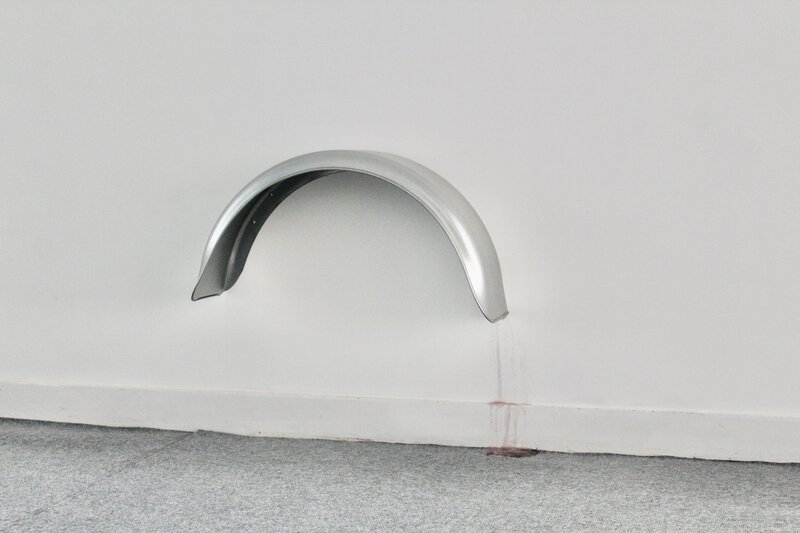
These two judges were assisted by three participants from the Curatorial Studies programme at KASK & Conservatorium Gent: Natalija Gucheva, Abel Hartooni and Temitayo Olalekan
Want to know more?
